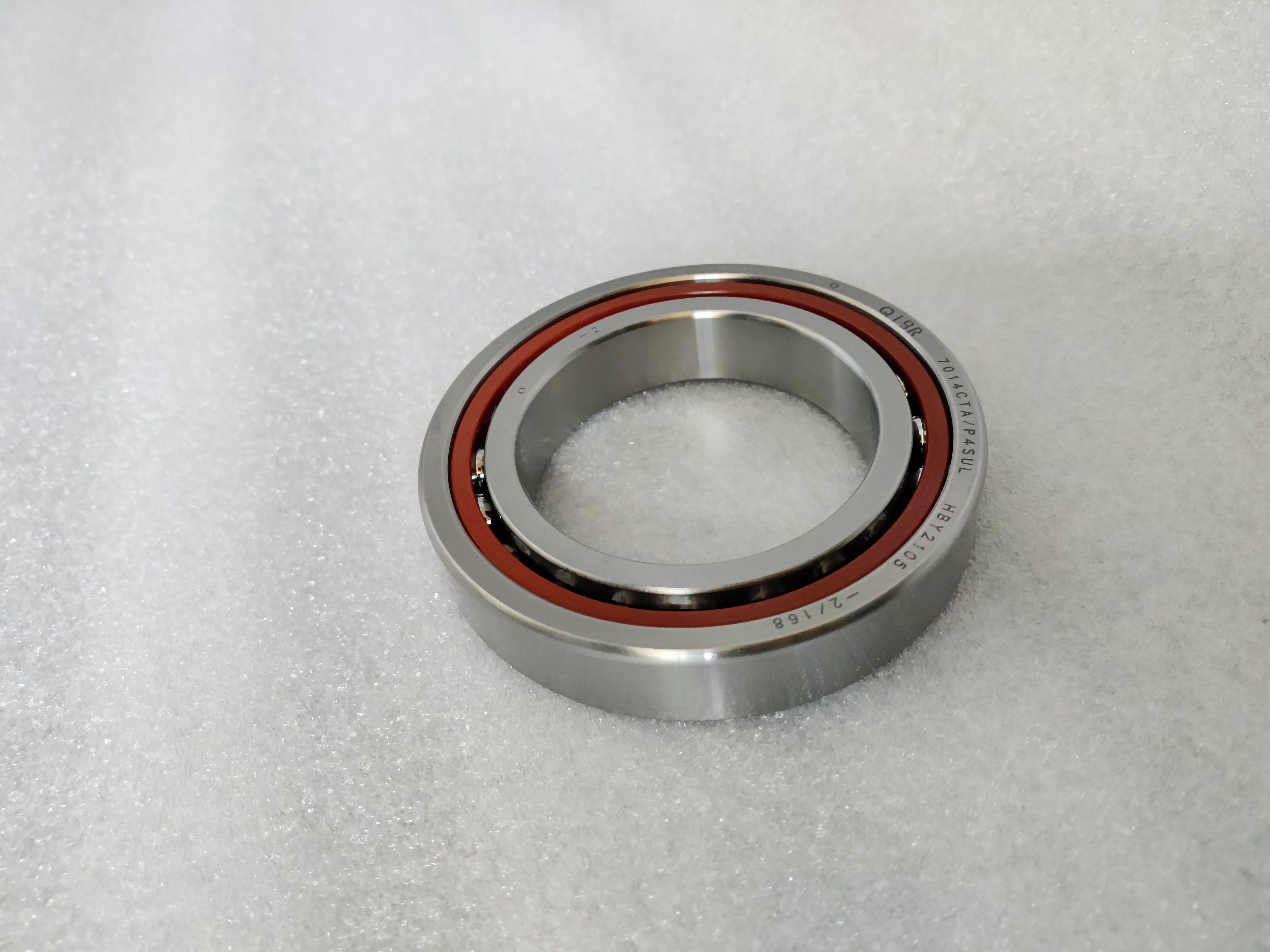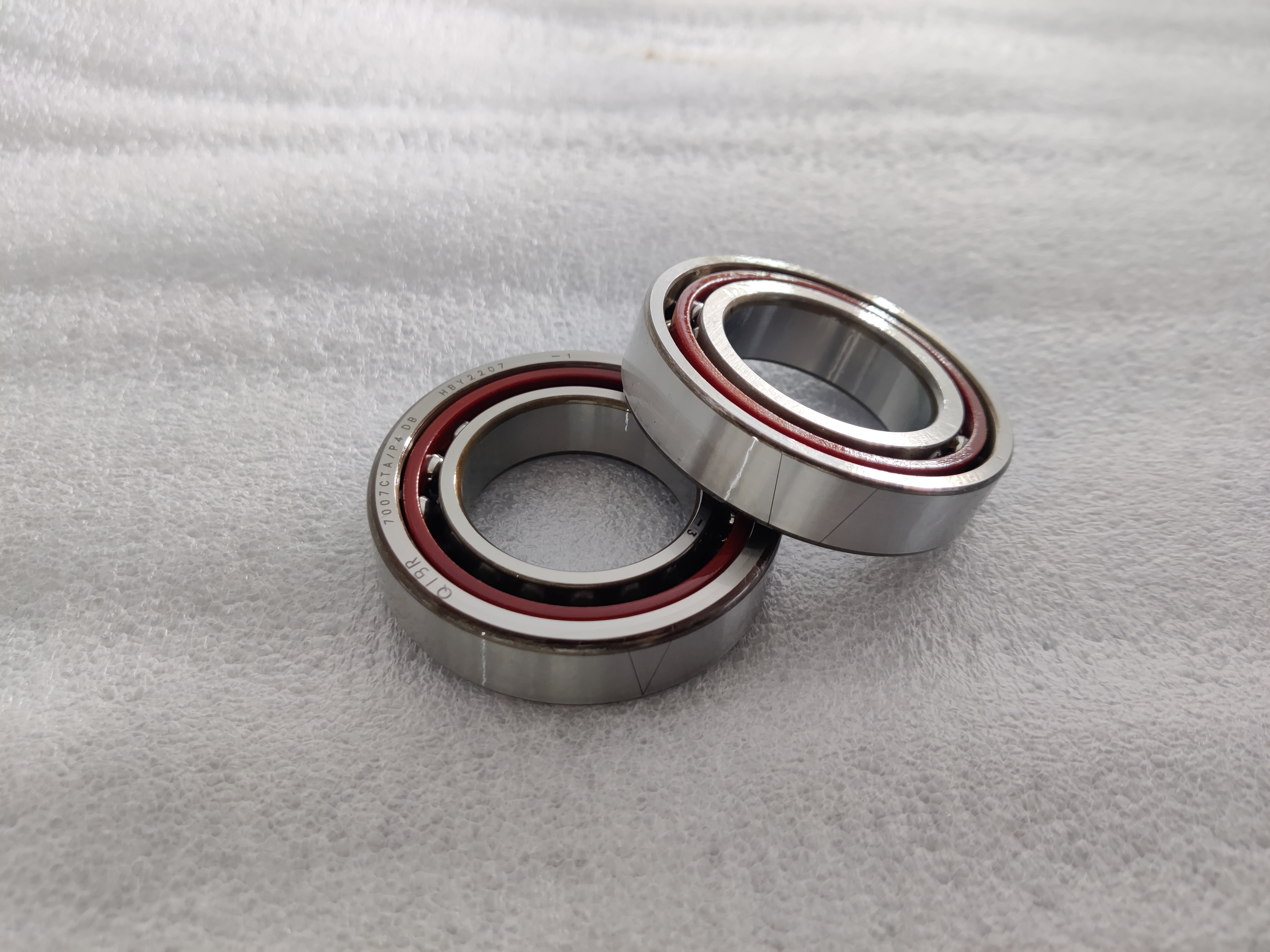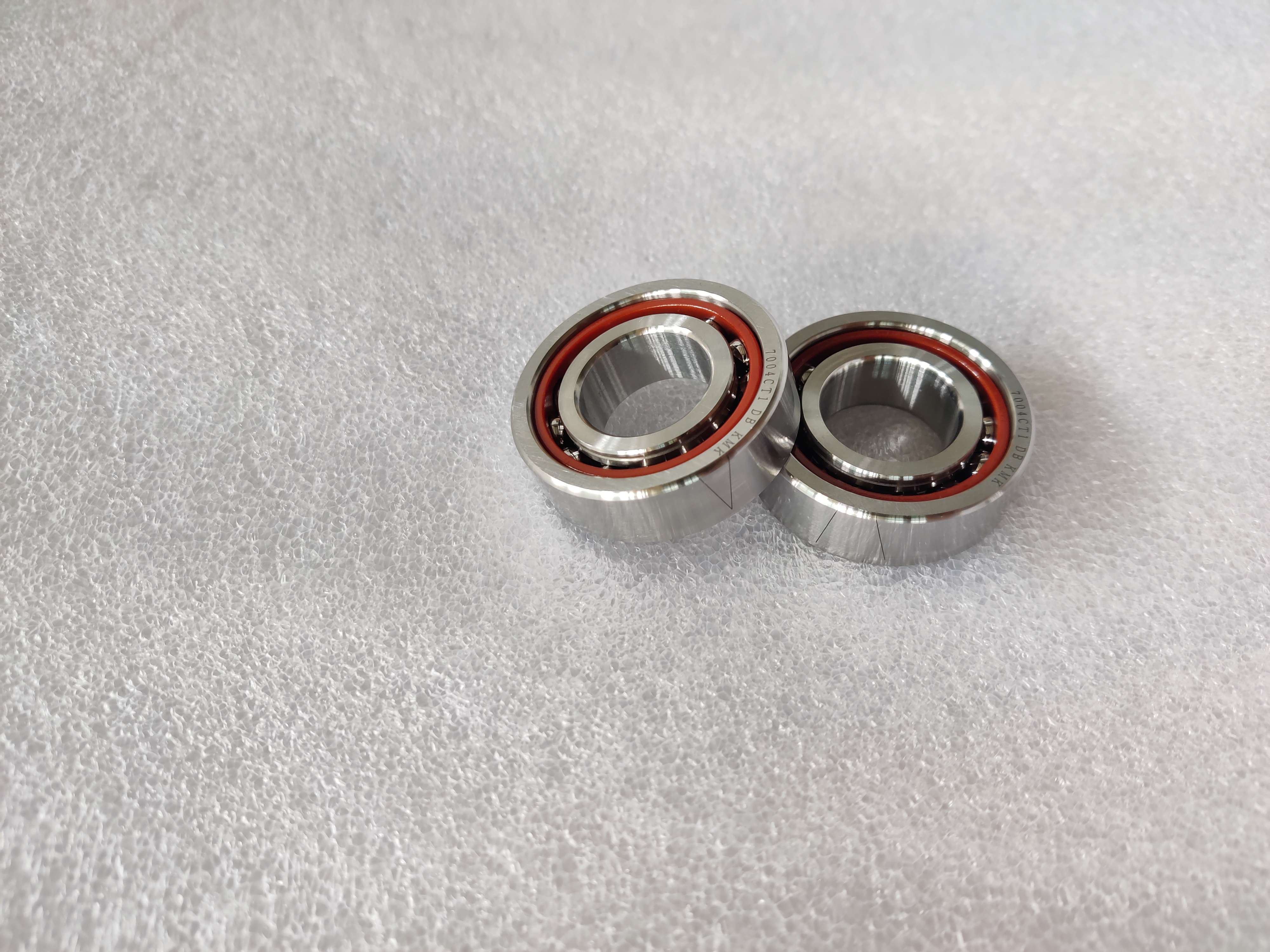Newsroom
Angular Contact Ball Bearings for Aircraft: Key Components Enhancing Aviation Performance
2024-09-12In modern aviation, angular contact ball bearings play a critical role as essential components in aircraft systems. These bearings not only ensure efficient aircraft operation but also significantly improve flight safety and overall performance. As aviation technology continues to advance, the demands on angular contact ball bearings for aircraft are growing, leading to continuous upgrades in their design, materials, and manufacturing processes to meet the needs of extreme flight environments.

Advantages of Angular Contact Ball Bearings
Due to their unique design, angular contact ball bearings can withstand both radial and axial loads simultaneously. Unlike traditional radial bearings, angular contact ball bearings offer higher rigidity and load capacity, making them ideal for high-load and high-speed applications. This makes them the perfect choice for critical components such as aircraft engines, landing gear, and control systems.
1.High Load Capacity: The design of angular contact ball bearings allows them to handle significant axial loads, which is crucial for aircraft stability during takeoff, landing, and high-speed flight. Their high load capacity reduces component wear and failure rates, enhancing the reliability of the overall system.
2.Precision Control: In aircraft control systems, angular contact ball bearings provide precise rotation and positioning capabilities, ensuring accurate maneuvering of the aircraft. This precision is essential for flight direction control and overall flight stability.
3.Resistance to Extreme Environments: Aircraft endure extreme temperature fluctuations and high-load conditions during flight. Modern angular contact ball bearings use advanced materials and coating technologies to maintain stable performance in such environments, ensuring the reliable operation of aircraft.

Application of Advanced Technologies
1.High-Performance Materials: Modern angular contact ball bearings for aircraft often use high-strength steel, ceramics, or composite materials, which offer excellent wear resistance and corrosion resistance. The use of these advanced materials not only extends the lifespan of the bearings but also improves their reliability under extreme conditions.
2.Precision Manufacturing Techniques: The manufacturing processes for angular contact ball bearings are becoming increasingly refined, utilizing advanced CNC machining, laser technology, and ultra-precision grinding techniques. These methods ensure high precision and low vibration characteristics in bearings, contributing to smoother aircraft operations.
3.Intelligent Monitoring: Some modern angular contact ball bearings are integrated with intelligent monitoring systems that can track real-time operating conditions, including temperature, vibration, and load. These systems can predict potential failures in advance, allowing preventive measures to be taken and reducing the risk of malfunction.

Ensuring Aviation Safety
The high performance and reliability of angular contact ball bearings for aircraft are directly related to aviation safety. Their strong load capacity, precise control, and resistance to extreme environments play a key role in ensuring the safe operation of aircraft. Airlines and manufacturers conduct rigorous testing and quality control during the design and selection of these bearings to ensure they meet international aviation standards and safety requirements.
Conclusion
As aviation technology continues to evolve, the technology and applications of angular contact ball bearings for aircraft are also advancing. In the future, we can expect more innovative materials and intelligent technologies to be applied to these bearings, further enhancing the performance and safety of aircraft. As a vital part of the aviation industry, the ongoing development of these bearings will provide strong support for the efficient, safe, and reliable operation of aircraft.
For more information, feel free to contact QIBR


